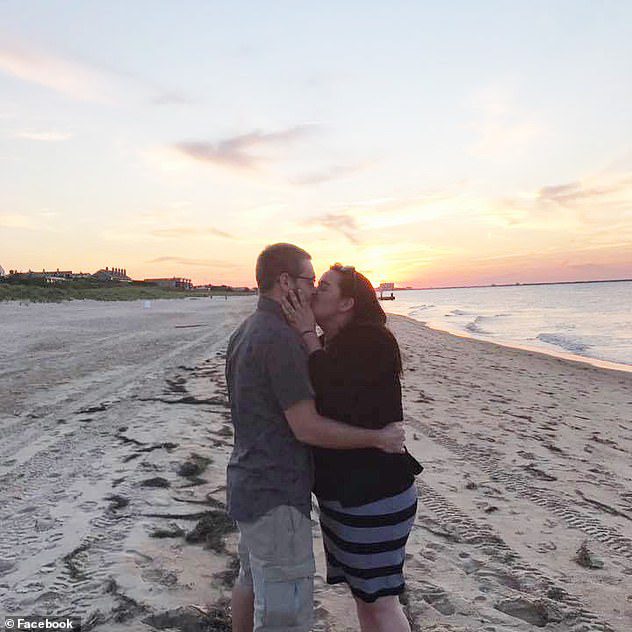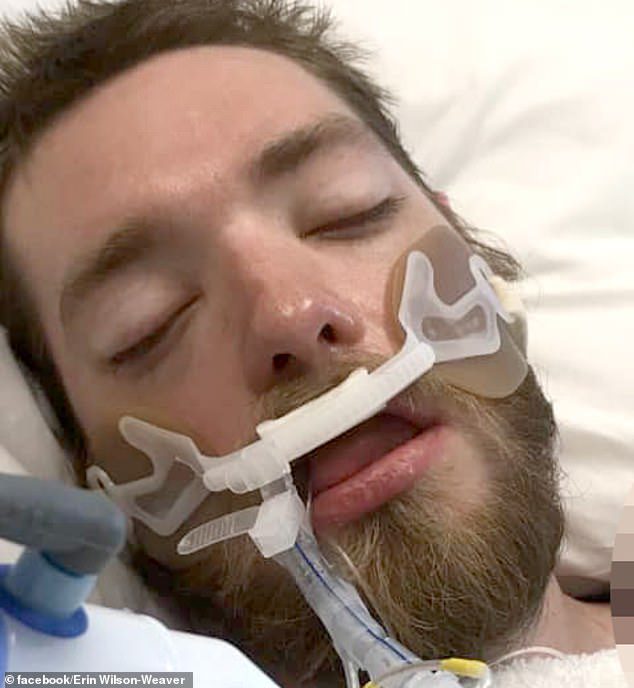Diabetic Groom-To-Be Dies After Switching To Cheaper Insulin To Save Up For His Wedding
A 27-year-old man died in the midst of a diabetic coma in June after the cheaper insulin he switched to months earlier failed him.
Josh Wilkerson had enjoyed sufficient insurance to get high-quality insulin until his 26th birthday when his age got him kicked off his stepfather’s plan.
Like many Americans, Josh simply couldn’t afford to pay between $140 and $1,000 for insulin, the price of which has tripled since 2001.
He had recently gotten engaged to Rose Walters – who also suffers from type 1 diabetes – and the two started taking $25 over-the-counter insulin to save money.
But the older form of insulin didn’t keep Josh’s blood sugar under control.
It spiked fatally, and he never woke up from the diabetic coma and multiple strokes he suffered two months ago.

Heart-breaking stories like Josh’s have taken center stage during the 2020 presidential race in the US.
Senator Bernie Sanders said in the second round of Democratic presidential debates last week that he had taken 15 diabetic patients to Canada to get insulin for one-tenth its cost in the US.
During his campaign, now-President Trump promised to curtail climbing prices for insulin and other life-saving medications.
He has since announced he intends to make a plan to allow Americans to import Canadian prescriptions, though it’s unclear when or how.
Still, they’ve crept up.
Meanwhile, just across the Northern border, a vial of insulin that would cost around $300 here costs $30.
But not everyone can afford to take time off work to make even a short trip to another country to buy their medications.
So many patients with type 1 diabetes ration their supplies, take chances on cut-rate medications and risk their lives.
Josh was one of 1.25 million Americans living with inherited type 1 diabetes.
His body was unable to process glucose properly so he needed supplemental shots of insulin to keep sugar from reaching dangerous levels in his blood.

By the time he turned 26, Josh’s insulin cost him about $1,200 a month, Rose told the Independent.
Rose works as a mail carrier and Josh made about $16.50 an hour overseeing a dog kennel with a minimal health insurance plan in Leesburg, Virginia, Rose told the Independent.
The couple lived paycheck-to-paycheck and two $2,400 a month for two insulin prescriptions was untenable – especially while they tried to save up for their dream wedding in a rustic barn.
When they heard about ReliOn, a cheaper form of insulin sold over-the-counter at Walmart, they figured it was a simple way to cut their expenditures exponentially.
Rose and Josh started taking it in January 2018, and Josh’s mother Erin Wilson-Weaver wrote on a fundraiser page that Josh even limited his intake of ReliOn to try to cut costs.

ReliOn is a potential substitute for other insulins like Lispro or Aspart, but it isn’t identical to them.
Lispro and Aspart are called insulin analogs. They’re made in the lab and modified to either kick in faster or to hit the body more smoothly and uniformly.
Regular or human insulin, like ReliOn, is also made in the lab, but it’s designed to mimic our natural insulin exactly.
However, when it’s injected instead of distributed by the pancreas, ‘human’ insulin doesn’t move as fluidly through the body.
Its chemical structure means that it clumps together, so it tends to take longer to start working.
Patients can typically feel the effects of analog insulin within 15 to 30 minutes, ReliOn and other ‘regular’ insulins don’t set in for 30 minutes to an hour.
That works for some people, but not for everyone.
‘We figured: Hey, it’s $25,’ Rose said.
‘We can do that. And we’ll just work with it and try to do the best we can,’ Rose said.
‘But, the fact that it takes so long to kick in? It scared me a little bit.’
On top of the slower-acting insulin, Josh’s rationing had his mother worried as news of patients doing the same popped up around her.
He reassured her, but there were signs that it wasn’t working quite as well as his old prescription.
Rose saw her fiance’s mood swing – a pattern she recognized as a blood sugar spike symptom. Every time she pointed out his attitude shifts and told Josh to test his blood sugar, it would be as she suspected: high.
Josh complained more often of stomach aches too, including on the last night of his life.
He was staying in a small sleeping area above the kennel to watch the dogs overnight while his boss was away.
On a FaceTime call with Rose, he told her his stomach had been bothering him but assured her he wouldn’t skim on the insulin and said goodnight.

Twelve hours later, Rose hadn’t heard a word from Josh. When he didn’t pick up his phone, Rose went to the kennel to check on him.
Her fiance was still upstairs, but he’d fallen to the floor and was unconscious. Rose tried desperately to rouse him.
‘I just remember smacking him on the face, saying, “Babe, wake up. You have to wake up,”‘ Rose said.
But he didn’t. He was taken to the hospital, deep in a diabetic coma. Doctors said he’d likely suffered multiple strokes.
Josh fought for his life for five days before he was taken off life support.
It’s unclear if Josh would’ve suffered the same fate if he’d taken the cheaper insulin as instructed, without trying to ration it.
Ultimately, it doesn’t matter – he didn’t think he could afford to take medication that would keep him alive.
If you know someone who might like this, please click “Share”!




